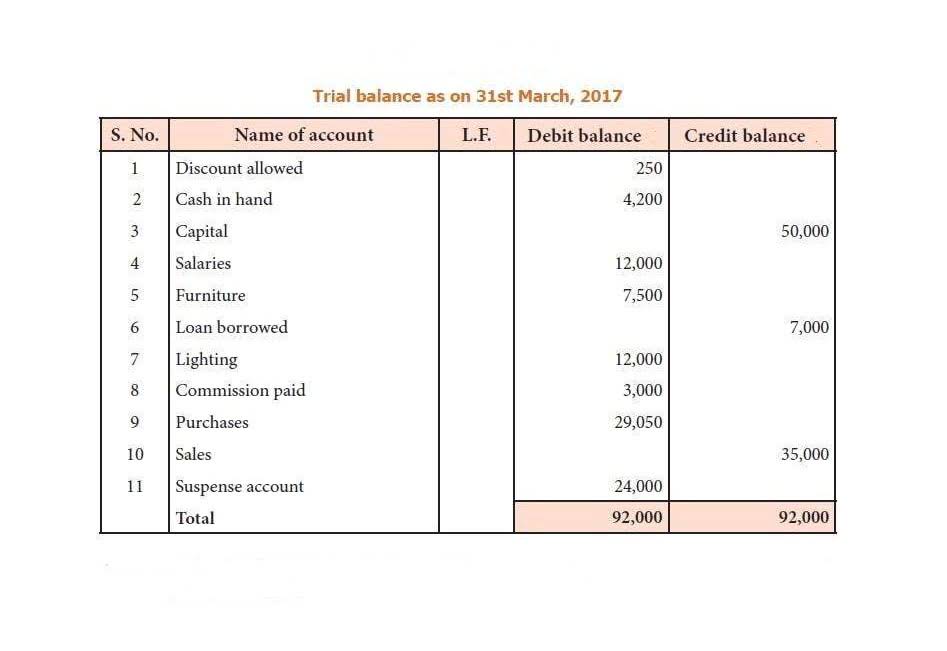Cash Flow Statement CFS Definition, Calculation, & Example

All of our content is based on objective analysis, and the opinions are our own. A decrease in creditors or bills payable will reduce cash, whereas an increase in creditors and bills payable will increase cash. Interest paid or received will find a place in the profit and loss account and cause the movement of cash. Some transactions, such as the sale of an item of plant, may produce a loss or gain, which is included in the determination of net profit or loss. Thomas J Catalano is a CFP and Registered Investment Adviser with the state of South Carolina, where he launched his own financial advisory firm in 2018.
- Finally, subtract the required investments in operating capital, also known as the net investment in operating capital, which is derived from the balance sheet.
- All of your expense data is ready to export into a summary report when you need it.
- The net cash flow from the investing line shows the change in cash flow from all investing activities.
- Avoiding overstocking and instead focusing on just-in-time inventory systems can reduce holding costs and free up cash.
- Understanding CFFA provides insights into a business’s operational efficiency, financial stability, and ability to generate cash internally, which is critical for sustainable growth and strategic decision-making.
- Also called a profit and loss (P&L) statement, it reflects the company’s net income at the end of the reporting period.
Why Calculating Cash Flow is Important
The cash flow statement measures the performance of a company over a period of time. But it is not as easily manipulated by the timing of non-cash transactions. As noted above, the CFS can be derived from the income statement and the balance sheet.
- Free cash flow formula tells you the difference between cash generated from standard business operations and cash spent on assets.
- Impact on your credit may vary, as credit scores are independently determined by credit bureaus based on a number of factors including the financial decisions you make with other financial services organizations.
- This is unfortunate because if you adjust for the fact that capital expenditures (CapEx) can make the metric a little lumpy, FCF is a good double-check on a company’s reported profitability.
- Cash flows are analyzed using the cash flow statement, which is a standard financial statement that reports a company’s cash source and use over a specified period.
- But because FCF accounts for the cash spent on new equipment in the current year, the company will report $200,000 FCF ($1,000,000 EBITDA – $800,000 equipment) on $1,000,000 of EBITDA that year.
- There is no exact percentage to look for, but the higher the percentage, the better.
Cash flow statement explained
This core assessment is particularly valuable for internal stakeholders and potential investors looking for a transparent evaluation of the business’s primary functions. Calculating cash flow from assets is helpful because of the insights it provides into your company’s financial health, efficiency, and operational effectiveness. One drawback to using the free cash flow method is that capital expenditures can vary dramatically from year to year and cash flow from assets calculation among different industries. That’s why it’s critical to measure FCF over multiple periods and against the backdrop of a company’s industry. To calculate free cash flow using net operating profits after taxes (NOPATs) is similar to the calculation of using sales revenue, but where operating income is used. A cash flow statement provides information on a company’s financial health and liquidity, as well as its ability to function in the short-term.
How to Calculate Net Cash Flow From Operating Activities

“We find that a lot of folks start with the balance sheet and the income statement,” says Meredith Tucker, CPA at Kaufman Rossin. “And yet, I think the cash flow statement is one of the most helpful.” While FCF is a useful tool, it is not subject to the same financial disclosure requirements as other line items in the financial statements. This is unfortunate because if you adjust for the fact that capital expenditures (CapEx) can make the metric a little lumpy, FCF is a good double-check on a company’s reported profitability. Looking at FCF is also helpful for potential shareholders or lenders who want to evaluate how likely it is that the company will be able to pay its expected dividends or interest.
- This statement reflects the reality of the company’s cash position at the end of the reporting period.
- This may involve implementing lean manufacturing practices, improving supply chain management, and minimizing downtime in production.
- You can also use amortization and depreciation to account for the decreasing value of equipment and plants.
- All you have to do is subtract your taxes from the sum of depreciation, change in working capital, and operating income.
- You can get a good sense of a company’s liquidity by using the cash flow statement to determine working capital, funds that are used to ensure that a business can operate in the short-term.
- One drawback to using the free cash flow method is that capital expenditures can vary dramatically from year to year and among different industries.
- In addition, cash flow from operations takes into consideration increases and decreases in assets and liabilities, allowing for a deeper understanding of free cash flow.
In this post, we will explore what is free cash flow based on the free cash flow definition of cash from operations minus capital expenditures. Let’s say your rent is $2,000, and your monthly credit card payment is $400. But maybe you had to pay back a relative who loaned you $300 to fix your computer and you opted to pay your $250 utility bill in cash. (Right now you’re only tracking your cash flow, so you don’t need to include expenses you’ve financed with a credit card). Add them together, and you have total cash expenditures of $2,950 for the month.
A company’s cash flow is the figure that appears at the bottom of the cash flow statement. It might be labeled as “ending cash balance” or “net change in cash account.” Cash flow is also considered to be the net cash amounts from each of the three sections (operations, investing, financing). The three distinct sections of the cash flow statement cover cash flows from operating activities (CFO), cash flows from investing (CFI), and cash flows from financing (CFF) activities. The cash flow statement complements the balance sheet and income statement.

Business accounting plays a vital role in the success of every company. To find your NWC, you’ll need the Balance Sheets from two consecutive periods (a period can either be a fiscal quarter or a year). Calculate NWC for each period by subtracting the current liabilities from current assets.

Stockpiling Inventory
- This determines the dividends policy and the share of retained earnings of the entity.
- In fact, it considers real cash consumption/generation, such as changes in inventories, accounts payable, and accounts receivable (working capital).
- Cash flows from financing (CFF) shows the net flows of cash used to fund the company and its capital.
- Businesses can obtain cash from various activities, ranging from selling their goods and services to selling securities at a profit.
- Examples include cash receipts from the sale of goods and services, cash receipts from interest and dividend income, and cash payments for inventory.
- Cash flow statements start with the amount of cash an organization had at the beginning of an accounting period and finish with the amount of cash the organization has at the end of the period.
